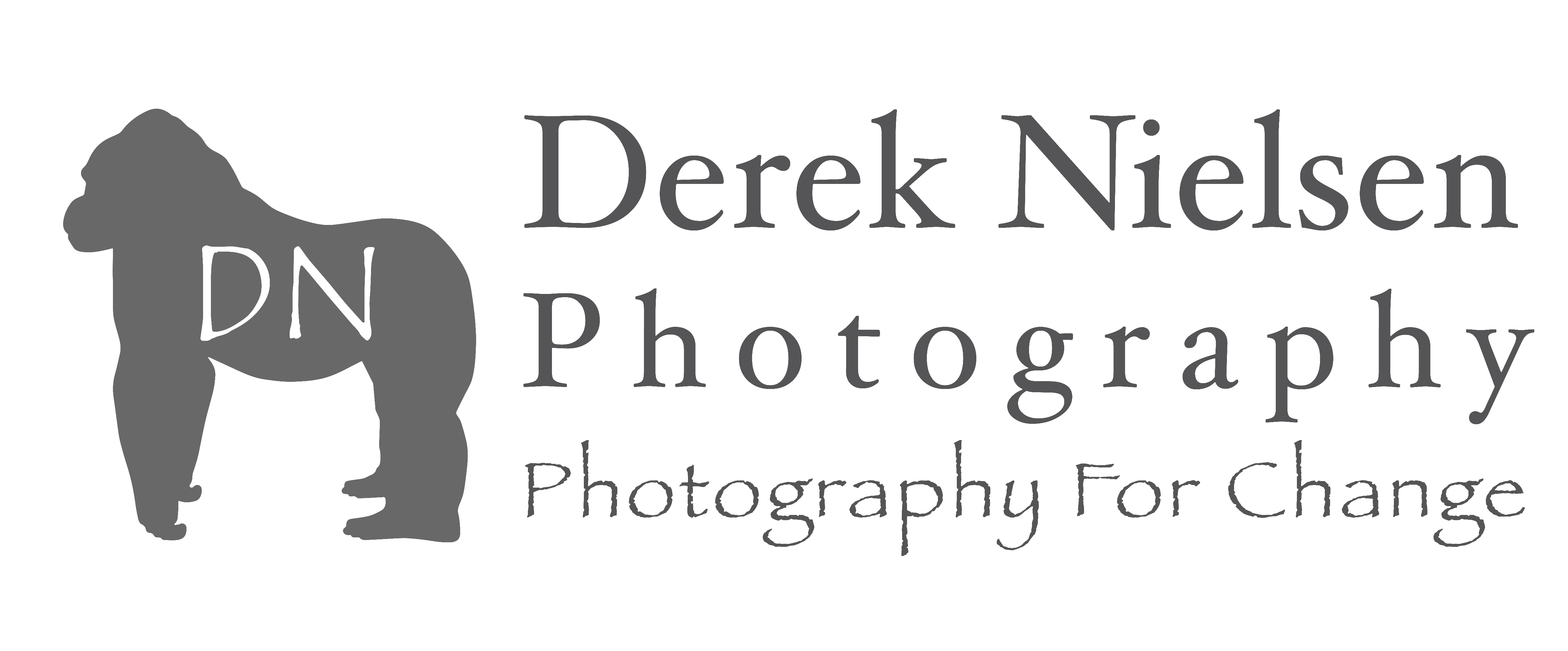
How to Collect Fine Art Photography: A Guide for New & Seasoned Collectors
This photography collectors’ guide will help you understand the nuances of purchasing fine art photography for your home or business. Fine art photography has a unique ability to blend artistry, storytelling, and tangible investment value. Each print captures not only a moment in time but also the vision of the artist transformed through light, composition, and craftsmanship into something enduring.
Whether you’re discovering fine art photography for the first time or adding to a growing collection, this guide will help you navigate the world of limited editions, materials, provenance, display, and long-term value so you can buy with both confidence and meaning. I have always wanted my work to inspire people to fall in love with the outdoors, but more than that, it now helps protect it.
1. Why Collect Fine Art Photography?
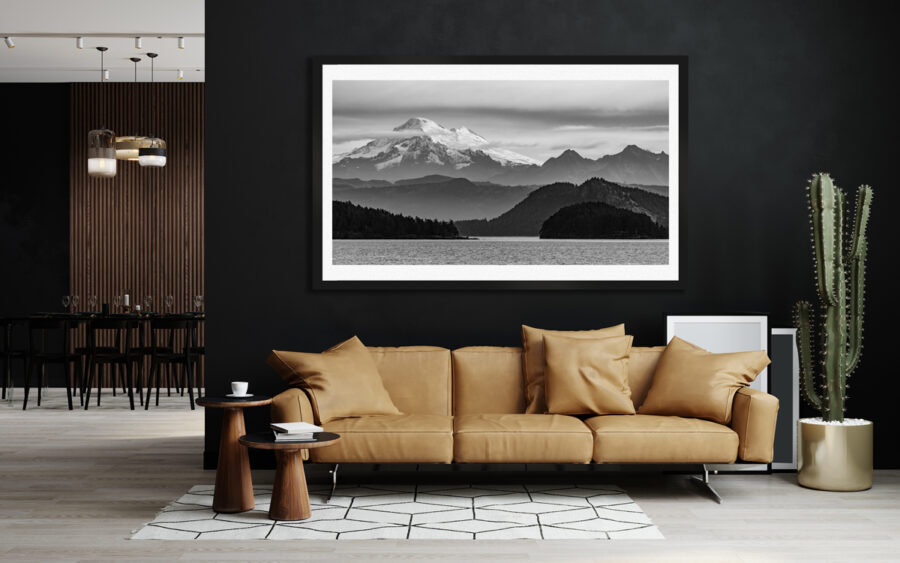
Mount Baker In Black – Limited Edition Fine Art Print of 6 – Derek Nielsen Photography
Unlike mass-produced prints, fine art photography is a carefully curated expression of the artist’s work produced in small, numbered editions using museum-grade materials that ensure longevity and authenticity. Collectors are drawn to photography for many reasons:
-
Emotional connection: Each image tells a story, evokes memory, or transports the viewer to another place. These are real places on earth that they have or could visit themselves.
-
Cultural preservation: Photographs often document our natural world and human experience, freezing fleeting moments for future generations.
-
Aesthetic statement: Photography brings depth, texture, and atmosphere to a space, balancing minimalism with powerful emotion.
-
Investment and legacy: Limited edition prints can appreciate as editions sell out and the artist’s reputation grows.
For many collectors, owning a fine art photograph is both a personal and ethical decision, a way to live surrounded by beauty while supporting an artist and a cause that resonates with their values.
2. Understanding Edition Sizes and Collectible Value
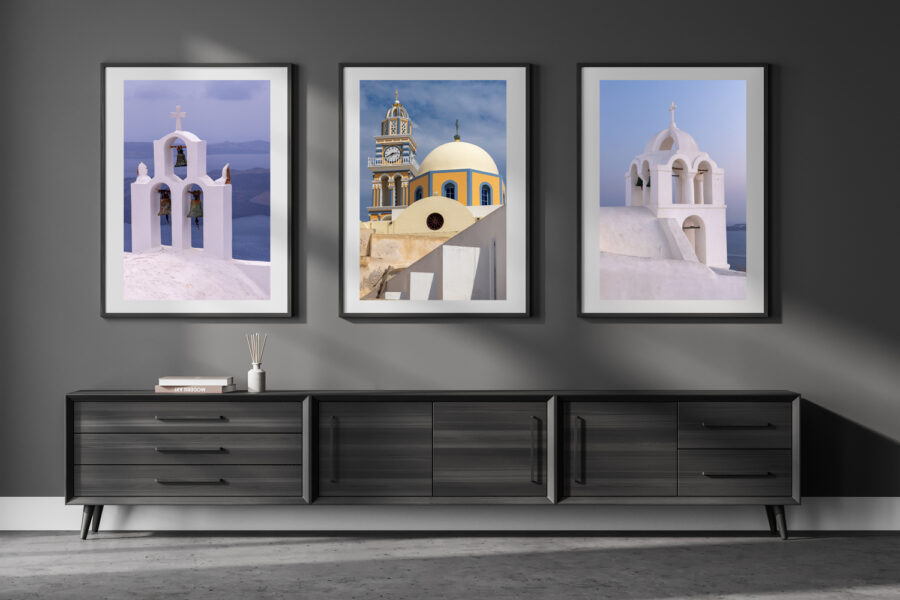
One of the defining features of fine art photography is its limited edition structure. This concept ensures scarcity and maintains value over time.
Edition Sizes Explained
An edition is a fixed number of prints made from a single image. Each print is signed and numbered by the artist—for example, “3/25” means it is the third print in a total of 25.
Common categories include:
-
Standard Editions: Usually between 5–50 prints, offered in specific sizes.
-
Large or Premium Editions: Fewer in number (often 5–10), produced in larger formats, sometimes on unique materials.
- 1 of 1: These prints are as rare as a painting. There will only be one print ever made, including the Artist Proof, making the 1 of 1 the rarest of collectors’ editions.
-
Artist Proofs (A.P.): A small number (typically 1–2 per edition) reserved for the artist’s personal collection or special releases.
-
Open Editions: Unlimited reproductions, typically lower in price and not considered investment pieces.
Smaller edition sizes create greater rarity and potential value appreciation, much like limited mintage in collectible coins or vintage wines.
Why Edition Control Matters
Once a limited edition is declared, no additional prints of that image and size combination will be produced. This creates trust between artist and collector. You can rest assured that your print will remain one of a very limited few, preserving both artistic integrity and financial value.
3. Materials, Printing, and Archival Quality
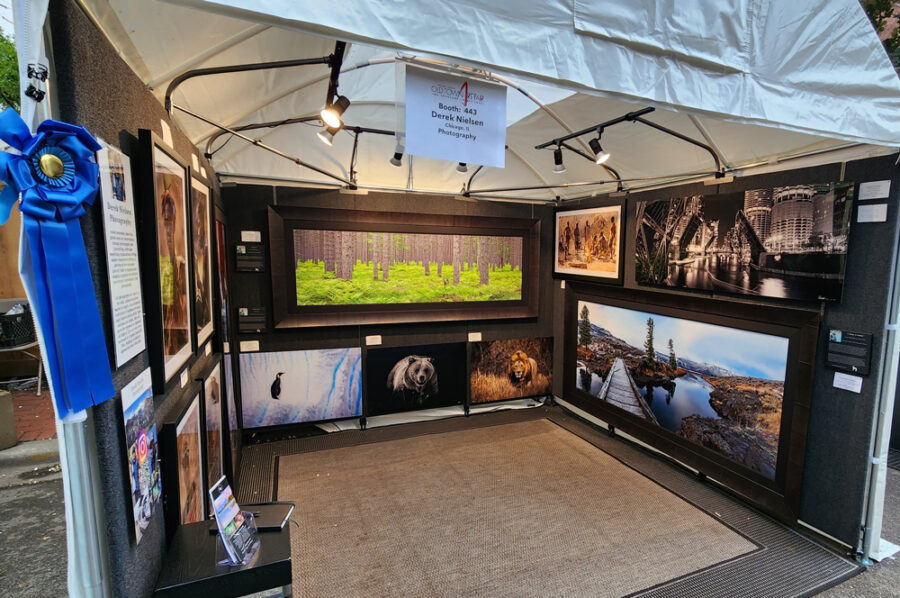
When you purchase fine art photography, you are investing not only in the image but also in the materials and craftsmanship that preserve it.
Archival Printing
Professional fine art photographers use Lumachrome Acrylic, Giclée printing, or archival pigment printing, high-resolution, museum-quality methods that render extraordinary detail and tonal depth. Unlike commercial prints, these are made on specialized fine-art printers using pigment-based inks that last for decades if not centuries without fading. Acrylic Prints or “FACEMOUNTS” are the creations of desire that can be found hanging in the finest galleries in art destinations worldwide.
Paper and Substrate Choices
Collectors should understand the surface on which the photograph is printed this affects both visual impact and longevity.
-
Fine Art Paper (e.g., Hahnemühle Photo Rag, Canson Infinity): Delivers a soft matte texture and deep tonal range, ideal for nature and black-and-white work.
-
Metal Prints: Infuse the image into aluminum, producing luminous, durable, contemporary pieces ideal for modern interiors.
-
Acrylic Face-Mounts: Offer brilliant color depth and a floating, glass-like presentation favored by galleries.
Each material suits a different environment. Paper prints are timeless and tactile; metal and acrylic bring striking presence to large spaces. All of my acrylic prints come with a Tru-Life anti-reflective coating, making the photograph seem like a window to nature instead of just a print on a wall.
Framing and Protection
Archival framing with UV-protective, museum-grade glass and acid-free mats safeguards your print against light and humidity. A good frame not only protects but complements the artwork, never overshadowing it.
When collecting, look for artists or galleries who partner with trusted fine-art printers and framers, ensuring full archival standards are met from start to finish.
4. Provenance, Certificates, and Authenticity

Certificate of Authenticity (COA)
Every limited edition print should come with a Certificate of Authenticity, signed by the artist. This document serves as a permanent record, confirming:
-
Title and edition number
-
Print size and material
-
Date of printing and signature
-
Printer or studio information
-
Artist’s embossed seal (if applicable)
A COA protects your investment. Should you ever resell the piece, provenance becomes verifiable, similar to title documents in real estate or automobiles.
Provenance and Record-Keeping
Collectors often overlook the importance of documenting ownership. Maintain a file that includes:
-
The COA
-
Purchase receipt
-
Correspondence with the artist or gallery
-
Any appraisals or exhibition history
These records strengthen the artwork’s provenance and add legitimacy in the secondary market. For high-value pieces, you can even register ownership with art registries or blockchain-based verification systems. Each Derek Nielsen Photography fine art piece is registered with ART Trust to ensure accurate recordkeeping and authenticity.
5. Collecting for Investment vs. Décor

Castle In The Clouds – Limited Edition Fine Art Print of 1 – Derek Nielsen Photography
Fine art photography fulfills both emotional and financial purposes. Knowing your primary motivation helps guide your collecting strategy.
Collecting for Décor
If your focus is on aesthetic harmony and emotional connection, choose works that resonate with your space and personal story.
Consider:
-
Mood: Do you want serenity, drama, or color energy?
-
Scale: Large-format pieces can become room centerpieces.
-
Color palette: How does the image interact with your furniture, lighting, and wall tones?
Collecting for Investment
If you’re drawn to the idea of art as a tangible asset, evaluate prints using these factors:
-
Edition size and sell-through rate: Smaller, nearly sold-out editions typically appreciate faster.
-
Artist’s reputation and exhibition history: Awards, press features, and conservation partnerships build value.
-
Print quality and longevity: Only archival-grade prints hold up as long-term investments.
-
Market demand: Collectors and galleries paying attention to the artist’s trajectory is a good signal of value growth.
Most collectors fall somewhere between these two categories, purchasing art that both enhances their environment and holds the potential to appreciate in worth.
6. How to Choose the Right Fine Art Photography for Your Space
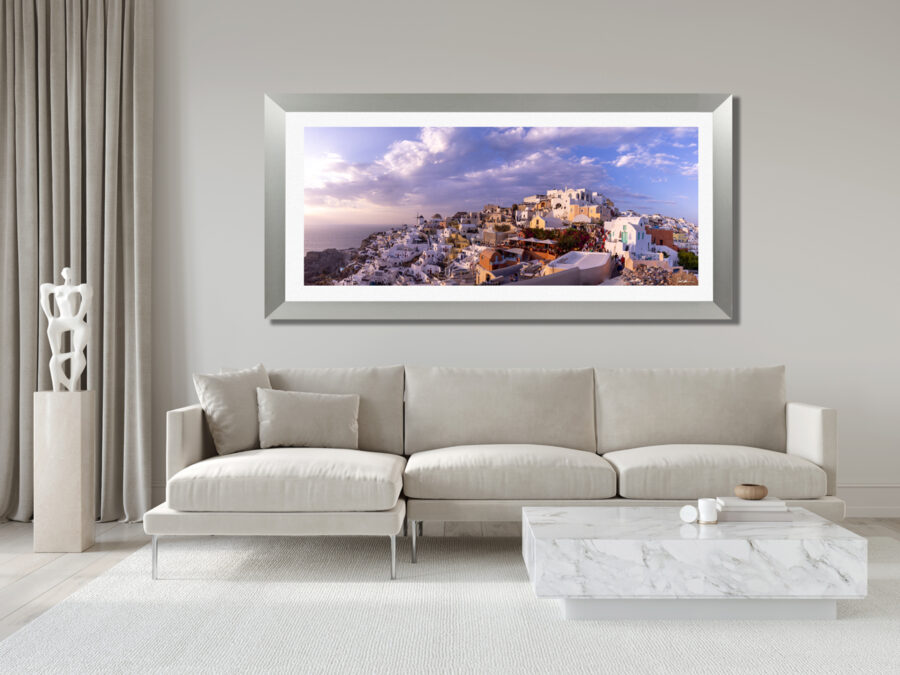
Elegant Oia – Limited Edition Fine Art Print of 6 – Derek Nielsen Photography
Selecting with Intention
A fine art collection should reflect your personal vision and passions. Consider these guiding questions:
-
Does the photograph spark an emotional reaction every time you see it?
-
Does it align with your values or interests (e.g., conservation, travel, culture)?
-
Does it complement your existing collection or introduce contrast and diversity?
Scale and Placement
Size dramatically affects how art interacts with a space.
-
Small (under 24″): Ideal for intimate nooks, hallways, or paired groupings.
-
Medium (24″–40″): Versatile for home offices, bedrooms, or secondary walls.
-
Large (40″ and above): Best suited for feature walls, living rooms, and corporate or hospitality environments.
If uncertain, use painter’s tape to mark the dimensions on your wall or request digital mock-ups to visualize the scale.
Lighting Considerations
Proper lighting can elevate a print’s impact by 50% or more.
-
Use directional LED art lights (CRI > 90) to maintain true color rendering.
-
Avoid direct sunlight or halogen lights that emit heat.
-
Consider dimmable options to control ambiance.
Lighting is especially important for high-gloss acrylic or metal prints, which reflect light differently than matte paper.
7. Displaying and Caring for Fine Art Photography Prints
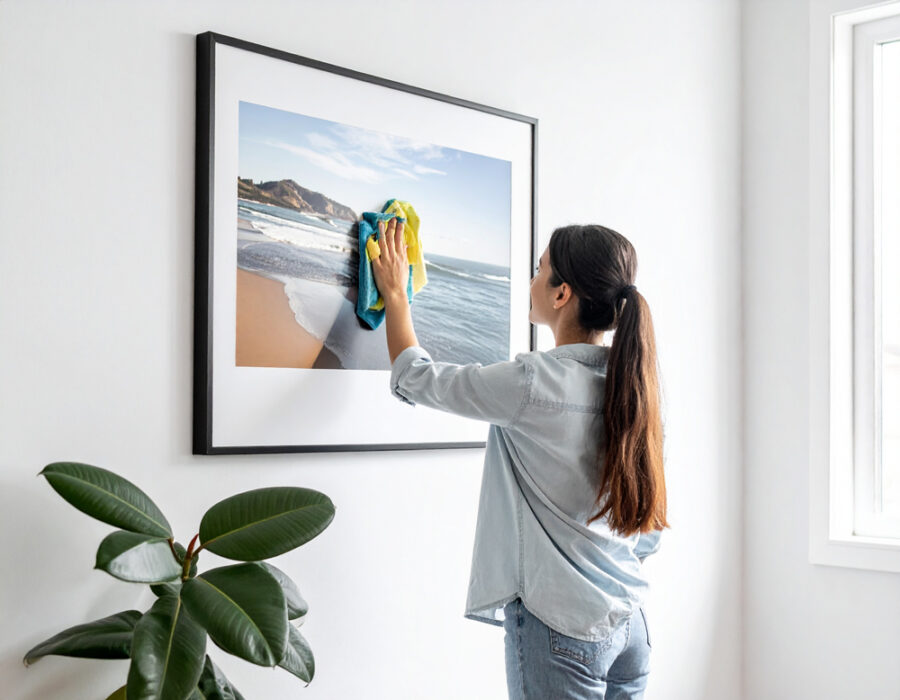
Fine art photography is resilient when properly handled. Follow these care tips to ensure your collection endures for generations:
-
Avoid direct sunlight and high humidity.
-
Handle prints by their edges or wear cotton gloves to prevent fingerprints.
-
Use acid-free materials for any storage or reframing.
-
Dust gently using a microfiber cloth; never spray cleaner directly on acrylic.
-
Maintain documentation with your certificate and provenance materials in a safe place.
For major collections, consider an annual inspection by a professional art conservator.
(I no longer offer canvas prints for my collectors because of their inability to stand the test of time against humidity and sunlight.)
8. Resale, Legacy, and Long-Term Value

Showtime – Limited Edition Fine Art Print of 6 – Derek Nielsen Photography
Unlike mass-market décor, fine art photography can retain or increase in value over time, particularly when edition sizes are limited and demand remains strong.
Resale Market
Collectors occasionally resell pieces through galleries, auctions, or private sales. High-profile examples of photographic prints appreciated include works by Ansel Adams, Sebastiao Salgado, and Andreas Gursky. While speculative, value growth tends to follow:
-
Artist reputation and recognition
-
Rarity of the image or edition
-
Print condition and documentation completeness
Legacy Planning
Art can become part of a personal or family legacy. Many collectors choose to pass pieces to heirs or donate works to museums and conservation organizations. Including art in estate planning ensures its value and story endure.
If your collection supports a cause such as wildlife preservation, passing that legacy forward amplifies both emotional and philanthropic impact.
9. Working Directly with the Artist

One of the most rewarding aspects of collecting fine art photography is building a relationship with the artist. When you purchase directly from the photographer:
-
You often receive personalized guidance on print materials, framing, and display.
-
You may gain access to early releases or sold-out editions.
-
You can commission custom sizes or one-of-a-kind artist proofs.
-
You support the creator more directly, ensuring your investment benefits their ongoing work and conservation projects.
At Derek Nielsen Photography, for example, each purchase contributes to wildlife and environmental nonprofits around the world. Collectors aren’t just acquiring art, they’re joining a mission to protect the planet that inspires it. I love connecting with my buyers. It makes me so happy when they send me photos of where their favorite print ended up.
10. Join the Collector Community and Make an Impact
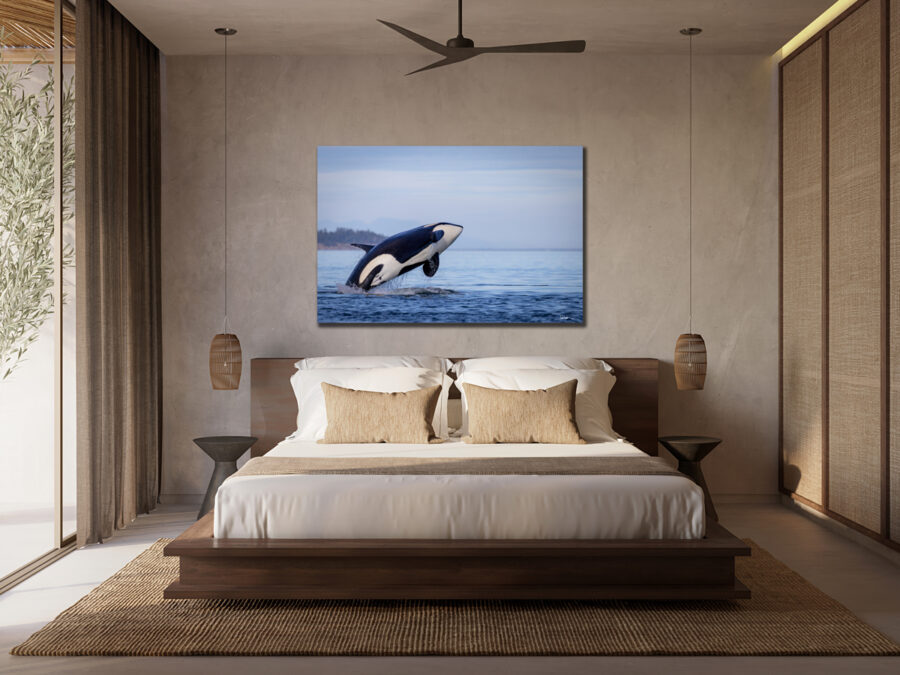
Happiness – Limited Edition Fine Art Print of 6 – Derek Nielsen Photography
Here’s a simple roadmap for beginning or expanding your collection with purpose and confidence:
-
Define your collecting philosophy.
Decide whether you’re collecting for beauty, investment, or impact, or a combination. -
Research artists you admire.
Explore their themes, edition sizes, and materials. -
Visit exhibitions and galleries.
Seeing prints in person reveals texture, scale, and presence that screens can’t convey. -
Set a budget.
Remember that smaller prints or emerging artists can be an excellent entry point. -
Ask questions.
Inquire about printing methods, edition sizes, and authenticity before purchasing. -
Start with one piece that moves you deeply.
The first print often sets the tone for your collection. -
Document everything.
Keep receipts, certificates, and artist communications together. -
Display your work proudly.
Rotate prints periodically to keep your environment inspiring. -
Engage with the community.
Join art fairs, online collector groups, or conservation-linked art events. -
Buy with purpose.
Art that aligns with your values, environmental, cultural, or emotional, will always hold deeper meaning.
11. The Emotional Return on Art
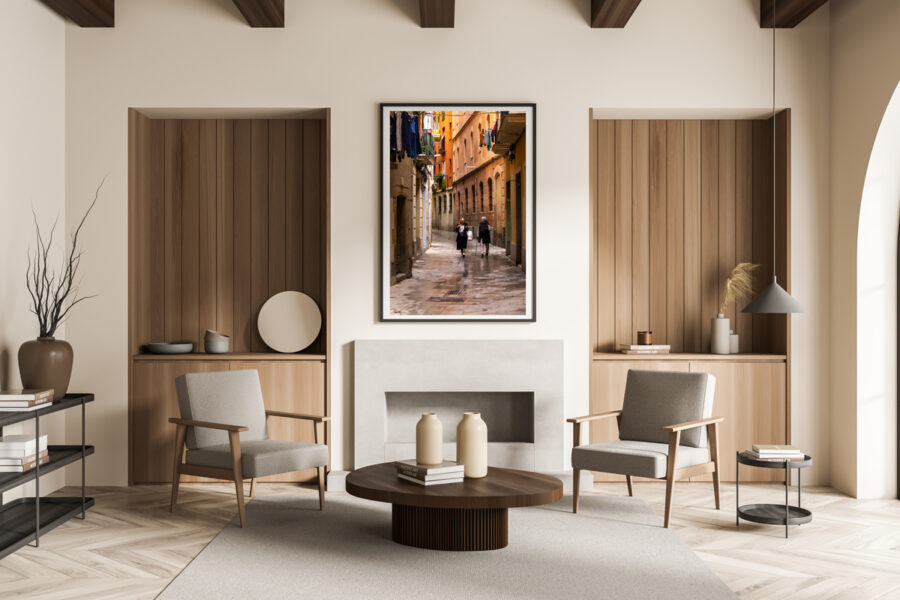
Barcelona Expressions – Limited Edition Fine Art Print of 6 – Derek Nielsen Photography
While the financial aspect of collecting is compelling, the emotional return is immeasurable. A photograph that stirs wonder, serenity, or gratitude transforms a room into a sanctuary. It invites reflection and conversation.
Each morning you pass it, you’re reminded not only of beauty but of purpose, the world it captures, the story it tells, the life it helps protect.
That is the true return on investment in fine art photography.
12. A Photography Collectors’ Guide To Pricing
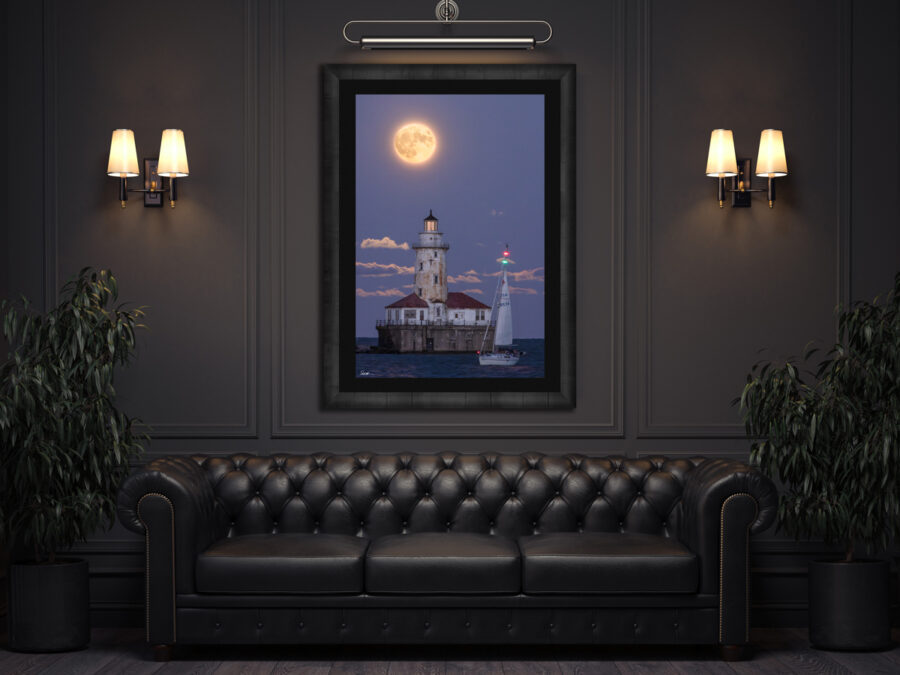
Super Moon Sail – Limited Edition Fine Art Print of 6 – Derek Nielsen Photography
What Determines the Price of Fine Art Photography
The price of a fine art photograph reflects far more than the cost of printing; it represents the artist’s creative vision, the rarity of the edition, and the craftsmanship behind each piece. In addition to the skills training, the cost of traveling to faraway locations to capture fine art images is taken into consideration when pricing editions. Limited edition size is one of the most influential factors: the fewer prints produced, the greater their exclusivity and long-term value. Materials also play a role; archival papers, museum-grade inks, and handcrafted framing ensure the work endures for generations. Scale and presentation matter too; larger prints require more technical precision and are often produced in smaller editions. Finally, an artist’s reputation, exhibition history, and charitable or conservation partnerships can further influence value, as collectors invest not only in the image but in the story, authenticity, and impact it represents.
Recap Of A Photography Collector’s Guide
Collecting fine art photography is not about acquiring objects; it’s about cultivating a connection. Each piece you bring into your life reflects a moment of awe, a landscape of memory, and a piece of the artist’s soul.
As you explore, trust your instincts. Let the work that speaks to you also speak for you about your values, your vision, and your love for this planet we share.
Whether you hang a single photograph or curate an entire gallery wall, every acquisition is an act of preservation: of art, of environment, and of meaning.
Explore My Limited Edition Fine Art Collection
About the Artist

Derek Nielsen is an award-winning fine art photographer whose work blends artistry, conservation, and philanthropy. Through his photography, he has raised over $75,000 for wildlife and environmental organizations worldwide. Each limited edition print is museum-quality, signed, numbered, and accompanied by a Certificate of Authenticity. With every purchase, collectors invest not only in art but in a more sustainable future.
Explore available collections at www.dereknielsen.com.

Hello! I'm Derek.
DEREK NIELSEN PHOTOGRAPHY RAISES AWARENESS ABOUT THE GLOBAL NEED FOR CONSERVATION THROUGH PHOTOGRAPHY AND DONATES UP TO 15% OF ALL SALES BACK TO ENVIRONMENTAL ORGANIZATIONS AROUND THE WORLD.
